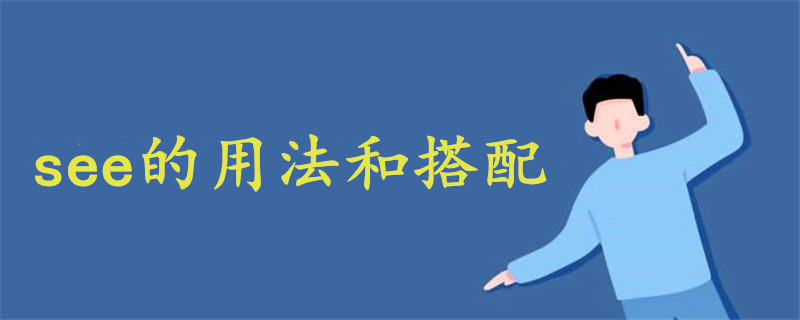see的用法和搭配:see可作名词和动词,作名词时,意为看见、看得见、有视力、观看等,作名词时,意为主教教区、主教权限;固定搭配为see sb do sth,意为看见某人做过某事,或者see sb doing sth,意为看见某人正在做某事。

see的基本含义及用法介绍
1、当see作为动词时,意为看见;见到;看出;看得见;看;有视力;观看(比赛、电视节目、演出等)。
例句:She looked for him but couldn't see him in the crowd.
她在人群里找来找去,但没看见他。
I saw you put the key in your pocket.
我见你把钥匙放进了口袋里。
On a clear day you can see for miles from here.
在晴天,你从这儿能看出去很远。
Did you see that programme on Brazil last night?
昨晚你有没有看那个有关巴西的节目?
Guess who I saw at the party last night!
你猜猜,昨天我在晚会上碰见谁了!
What is it you want to see me about?
你找我有什么事?
He didn't see the joke.
他没听懂这则笑话。
I see things differently now.
现在,我看问题的方法不一样了。
2、当see作为名词时,意为主教(或大主教)教区;主教(或大主教)权限;牧座。
例句:'He came home in my car.' — 'I see.'
“他坐我的车回家来的。”——“哦,是这样。”
We'll see. It's a possibility.
再说吧,可能会的。
Let's see, they're six — no, make that five hours ahead of us...
让我想一想,他们比我们早 6 个——不,就算是早 5 个小时完成。
Well, you see, you shouldn't really feel that way about it...
好了,知道吗,对那件事你真的不应该那么想。










